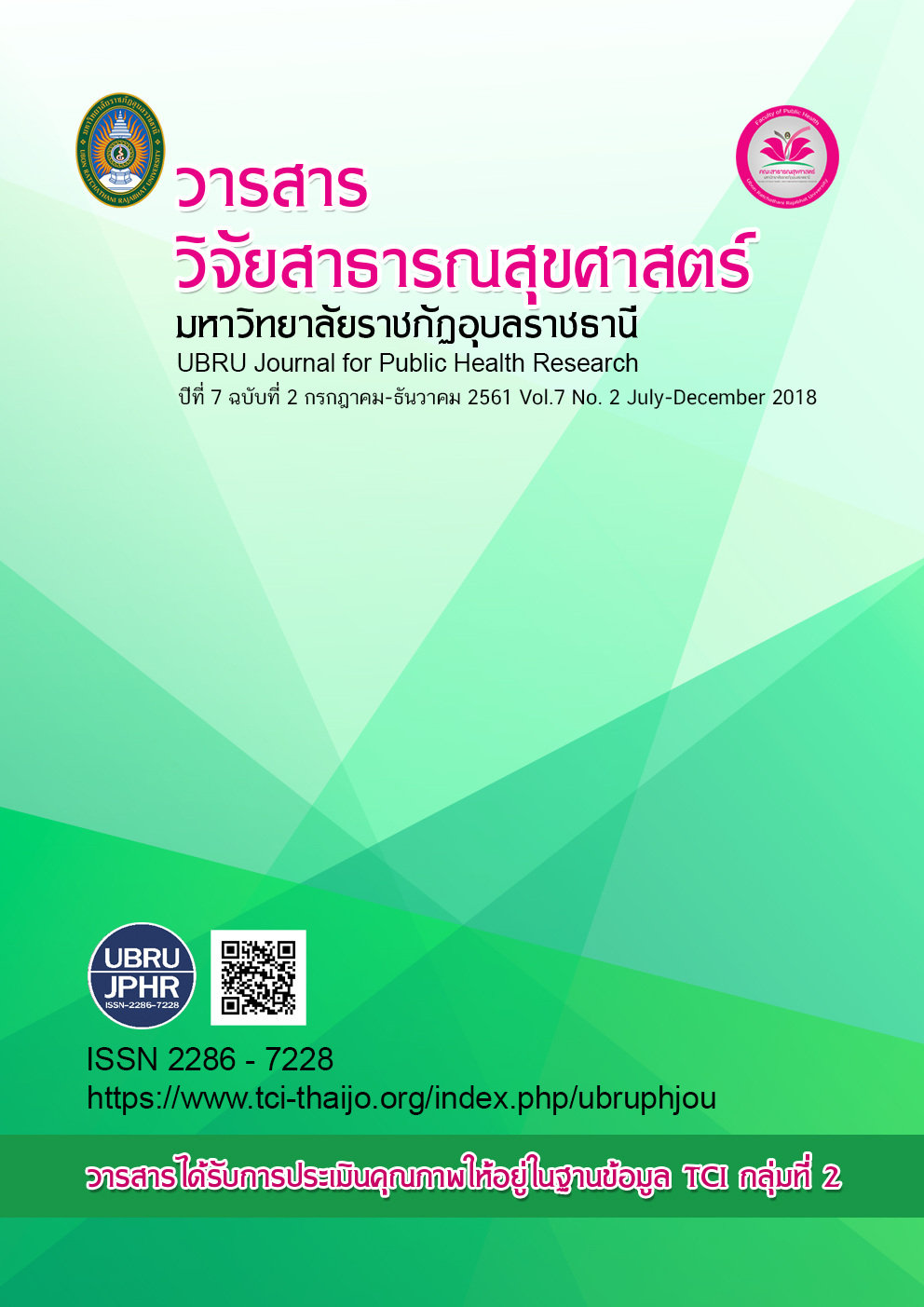Anxiety for oral sex partners and human papillomavirus infection on oral cancer patients
Keywords:
Oral cancer, oral sex partner, human papillomavirus infectionAbstract
Oral cancer is caused by many factors. The factors include health behavior, betel quid chewing, tobacco smoking, alcohol drinking. and the behavior associated with the infection of Human papillomavirus (behavior for oral sex partner). The previous study was conducted on the behaviors above all the conclusion is the same approach and are consistent in terms of the facts related factors. The relationship between oral cancer and lesions in the mouth. However, some oral sexual issues still need of the knowledge and further evidence for in-depth the oral sex behaviors are relevant to the issues of the individuals is preferable to people for their oral sex behaviors to carried out among them. The facts of oral sex behaviors may require additional information, including the design of the interviews / questionnaires, in-depth features for protect to reliability and accuracy of the fact information. Even more disruptive to other factors unrelated to the study. This will result in a study that was as close to reality as possible. Which will bring benefits to the guidelines for the prevention of oral cancer related to oral sex behaviors in the future.
References
Attasara, P., Buasom, R. (2010). Hospital-based cancer registries, Thailand 2009. Bangkok: National cancer institute department of medical services ministry of public health.
Bhatla, N., Lal, N., Bao, Y.P. (2008). A meta-analysis of human papillomavirus type-distribution in women from South Asia: implications for vaccination. Vaccine, 26, 2811-7.
D’Souza, G., Kreimer, A.R., Viscidi, R. (2007). Case–control study of human papillomavirus and oropharyngeal cancer. N Engl J Med, 356, 1944-56.
Gillison, M.L., Chaturvedi, A.K., Anderson, W.F. (2015). Epidemiology of human papillomavirus–positive head and neck squamous cell carcinoma. J Clin Oncol, 33, 3235–42.
IARC Globocan. (2012). Estimated new cancer cases and deaths worldwide for leading cancer sites. France: WHO.
Loyha, K., Vatanasapt, P., Promthet, S., Parkin, D.M. (2012). Risk Factors for Oral Cancer in Northeast Thailand. Asian Pacific Journal of Cancer Prevention, 13, 5087-90.
Rosenquist, K., Wennerberg, J., Schildt, E.B., Bladstrom, A., Goran Hansson B. and Andersson, G. (2005). Oral status, oral infections and some lifestyle factors as risk factors for oral and oropharyngeal squamous cell carcinoma: a population based case-control study in southern Sweden. Acta Otolaryngol, 125, 1327-36.
Stewart, B.W, Wild, C.P. (2014). World Cancer Report [online]. from: http://publications.iarc.fr/Non-Series-Publications/World-Cancer-Reports/World-CancerReport-2014. [Available 8 October 2018]
Downloads
Published
How to Cite
Issue
Section
License
เนื้อหาและข้อมูลในบทความที่ลงตีพิมพ์ในวารสารวารสารวิจัยสาธารณสุขศาสตร์ มหาวิทยาลัยราชภัฏอุบลราชธานี ถือเป็นข้อคิดเห็นและความรับผิดชอบของผู้เขียนบทความโดยตรงซึ่งกองบรรณาธิการวารสาร ไม่จำเป็นต้องเห็นด้วย หรือร่วมรับผิดชอบใดๆ
บทความ ข้อมูล เนื้อหา รูปภาพ ฯลฯ ที่ได้รับการตีพิมพ์ในวารสารนี้ ถือเป็นลิขสิทธิ์ของวารสารฯ หากบุคคลหรือหน่วยงานใดต้องการนำทั้งหมดหรือส่วนหนึ่งส่วนใดไปเผยแพร่ต่อหรือเพื่อกระทำการใดๆ จะต้องได้รับอนุญาตเป็นลายลักอักษรณ์จากบรรณาธิการวารสารนี้ก่อนเท่านั้น

